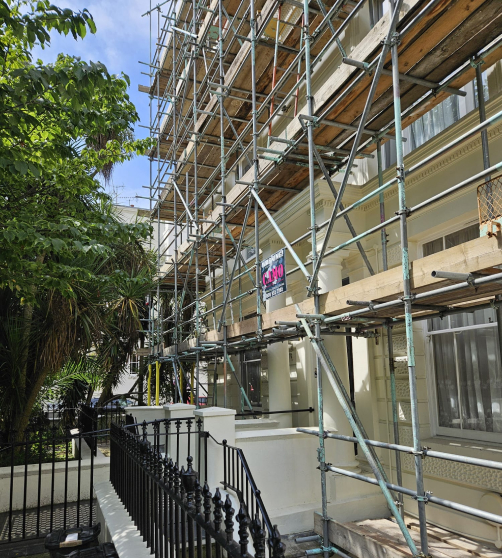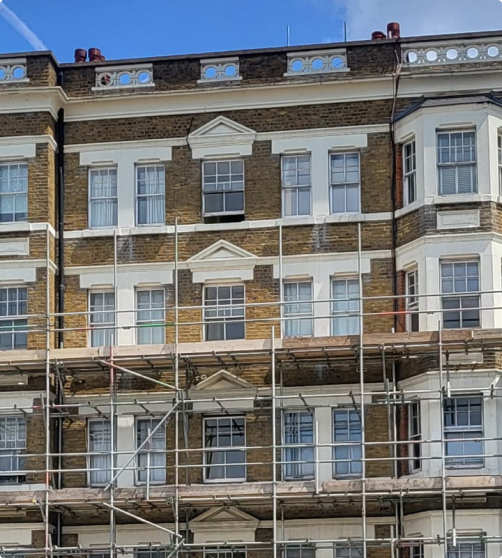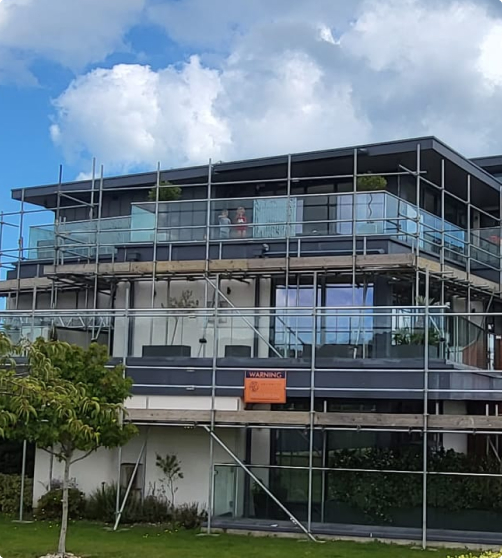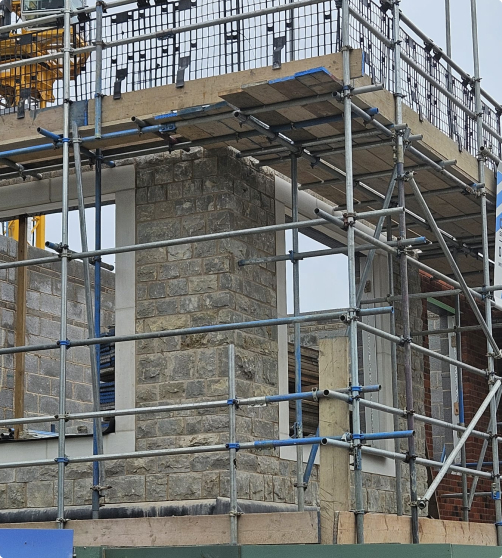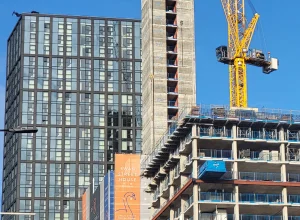Our role in Contract Admin is to keep the builder honest and value the works in progress fairly.
"Our role in Contract Admin is to keep the builder honest and value the works in progress fairly."
All building projects need to be defined, documented and agreed. The JCT contract suite provides for contracts for small and large projects to ensure both parties act as they should. The Contract Administrator's role is to value the works done and administer the contract terms. This is done via a series or Architects Instructions, JCT Valuations Certificates and Notices.
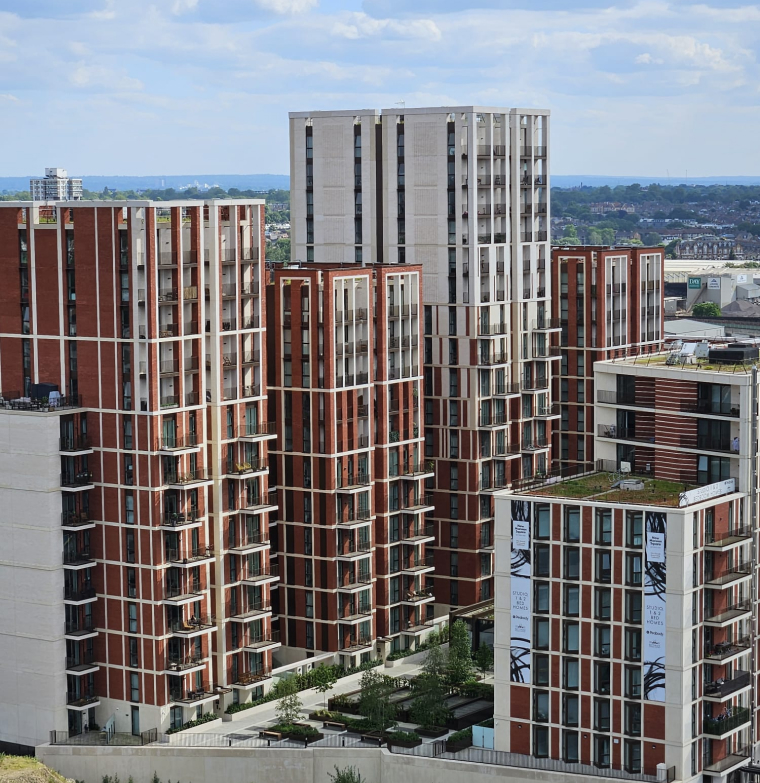
Contract Administration
Contract Administration is the term used to cover the work involved when a Chartered Surveyor or Chartered Engineer plans, specifies, tenders and then administers the form of contract for a building works project. Typical projects might include:
- external repairs & redecorations
- internal common parts repairs and redecorations
- upgrading or replacing communal services or fire safety works
- extensions or structural alterations and adaptions
What a lease or transfer document will require, can vary vastly from a requirement to affect external decorations every 5 years and internal decorations every 7 years to a nonspecific clause, which might say “as deemed necessary by a Surveyor”. The context of what works are required and what will be recoverable as a service charge expense can be important considerations and regard needs to be given to:
- the frequency that external and internal decorations are required by the lease or transfer document,
- the condition of the building, when works were last carried out, and
- how long it is envisaged is likely to elapse before future external decorations.
In contemplating external decorations the construction of the lease will determine whose responsibility certain items are. A well drafted legal document would give the Freeholder or Management Company ownership and responsibility for repairing timber window members as well as painting the timbers to protect them from weathering. Such a clause would prevent legal disputes between a Freeholder and Lessee is say a timber window becomes rotten due to lack of decoration. It is essential to clarify the position before works start, or for example a project could start on site and delays occur if residents suddenly wish to get quotes to paint their own windows. Delays cost money, due to increased scaffolding hire charges and possibly a claim from a contractor for damages.
What to understand what should happen when?
From specialist identification of works, materials and quantities to being on site – our major works flowchart to help with planning big repairs and major works.
- The Surveyor/Engineer’s work needs to tie in with the statutory consultation.
- It is rarely possible to get a job specified and on site in less than 4-5 months.
- Often if you specify & tender a job in the winter you may get a better price.
- You may have to wait until your next budget before you can legally collect the funds.
Step 1 - check the lease & what is recoverable
Step 2 - consider necessary permissions
Step 3 - structural & practical considerations
Step 4 - the Surveyors role on site
Step 5 - beware of improvements
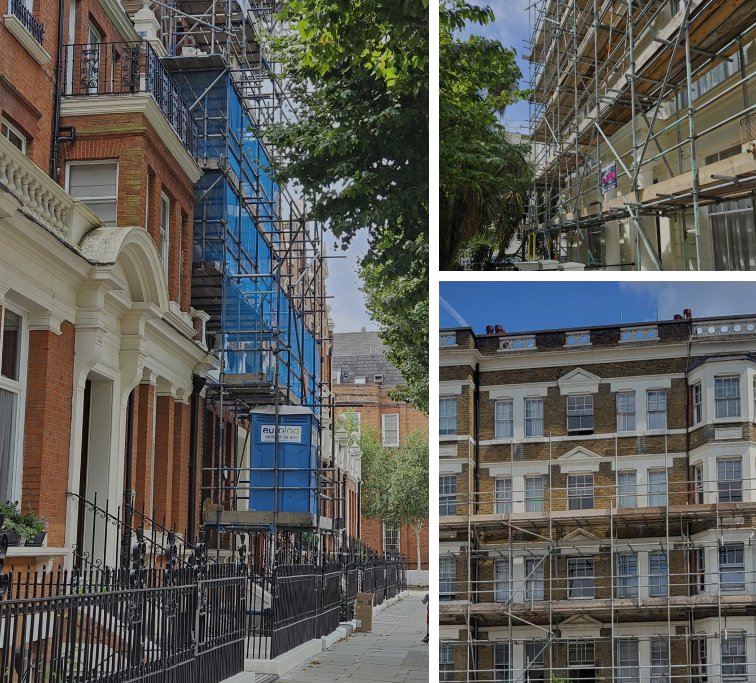
What is Contract Administration? The Contract Administrator is appointed to manage the contract and that works on site are carried out using the methods and materials detailed in the Specification of Works. The Contract Adminstrator also has to deal with valuing works during a project and issuing Payment Certificates which the Client must pay in accordance with the Contract terms, and also issues the Certificate of Practical Completion and manages the defects liability period (usually 6 months). On big projects sometimes a Clerk of Works to be on site every day will also be appointed as the Contract Administrator makes periodic, perhaps weekly inspections to administer the contract rather than stands on site.
Without a schedule, how would you negotiate repairs due or alleged? Don’t take on a lease without one.
Call us
020 7267 2900Email us
md@ringley.co.ukAll building projects need to be defined, documented and agreed. The JCT contract suite provides for contracts for small and large projects to ensure both parties act as they should. The Contract Administrator's role is to value the works done and administer the contract terms. This is done via a series or Architects Instructions, JCT Valuations Certificates and Notices.
- external repairs & redecorations
- internal common parts repairs and redecorations
- upgrading or replacing communal services or fire safety works
- extensions or structural alterations and adaptions
- the frequency that external and internal decorations are required by the lease or transfer document,
- the condition of the building, when works were last carried out, and
- how long it is envisaged is likely to elapse before future external decorations.
In contemplating external decorations the construction of the lease will determine whose responsibility certain items are. A well drafted legal document would give the Freeholder or Management Company ownership and responsibility for repairing timber window members as well as painting the timbers to protect them from weathering. Such a clause would prevent legal disputes between a Freeholder and Lessee is say a timber window becomes rotten due to lack of decoration. It is essential to clarify the position before works start, or for example a project could start on site and delays occur if residents suddenly wish to get quotes to paint their own windows. Delays cost money, due to increased scaffolding hire charges and possibly a claim from a contractor for damages.
From specialist identification of works, materials and quantities to being on site – our major works flowchart to help with planning big repairs and major works.
- The Surveyor/Engineer’s work needs to tie in with the statutory consultation.
- It is rarely possible to get a job specified and on site in less than 4-5 months.
- Often if you specify & tender a job in the winter you may get a better price.
- You may have to wait until your next budget before you can legally collect the funds.
-
Step 1 - check the lease & what is recoverable
Ensure that those paying for the works understand that:
- it is the lease that sets out a duty & frequency to carry out cyclical works;
- that there are Health & Safety, defects diagnosis, specification and contract matters which typically a Surveyor/Engineer takes care of;
- there are up to 3 stages of statutory consultation that must be served, before works can begin, else recoverability of the cost of the works may be restricted to £250 per owner;
- the Health & Safety Executive may have to be notified of the project;
- that the lease sets out how and when funds can be collected towards a project, i.e. you may have to wait until the next year and include the amount required in your service charge budget.
1. What to do firstServe a Stage 1 Section 20 Consultation Notice to 'notify of your intention to carry out works'
More information about consultation2. Key requirmentsWhat a lease or transfer document will require for frequency of redecoration, will require looking for the relevant Clause in the Freeholder’s or Management Company’s covenants. Ringley in-house solicitors Ringley law can deal with all the necessary consultation requirements, which since the introduction of the Commonhold & Leasehold Reform Act 2002 can require up to 3 stages of consultation.
-
Step 2 - consider necessary permissions
The permissions required could be any or all of these:
- Planning permission
- Building Regulations Approval
- Listed buildings consent
- Section 20 consultation
On larger or complex projects, the Construction (Design and Management) Regulations 2015 (CDM), is likely to apply which incorporates various duty holders, obligations and required documentation, ensuring Health and Safety is considered from initial design, right through completion and ongoing maintenance beyond. Our experienced Chartered Surveyors and Engineers can coordinate all the requirements of CDM, acting as Principle Designer.
The professionals you may need include:
- Appointment of a Principle Designer
- Preparation of a pre-tender Health & Safety plan
- Preparation of a Survey to confirm the presence of Asbestos
- Safe access per the 1996 Health & Safety Regulations
Tips
- Appoint a competent CDM Principal Designer.
- Use a FORM 10 to notify the Health & Safety Executive of the project.
Larger projects may need to be notified to the HSE (Health & Safety Executive)
Ringley acting as the Principle Designer will co-ordinate all responsible parties, prepare the pre-tender information and health and safety plan and deal with notification to the Health & Safety Executive. On completion they will ensure the Health & Safety File is adequately compiled and accurate.
-
Step 3 - structural & practical considerations
Structural & practical considerations prior to commencing your project.
Our team of Chartered Surveyors and Engineers are trained to be able to provide you support and advice on:
- Service upgrades (electrical etc.)
- Water mains replacement
- Improvement & recoverability
- Collapsed drains
- Changing windows, (lintels may be inadequate)
- Underpinning (arising from subsidence or heave)
- Re-roofing
Within the role of Contract Administrator our Surveyor’s role spans:
- defects diagnosis
- preparing a specification of works (methods, materials & quantities)
- analysing tender returns, contractor selection and managing the contract risk
Often the appointed surveyor will also be appointed to act as the CDM Principle Designer.
-
Step 4 - the Surveyors role on site
On site Contract administration
On site Contract Administration includes:
- Controlling site set up and on site progress.
- Monitoring quality of works and compliance with Specification.
- Issuing instructions where required in an efficient and timely manner.
- Financial management - issuing interim payment certificates during a project.
- Issue a final practical completion certificate. This is the end of works on site but incorporates a defects liability period.
- Issue a final certificate (releasing any retained money at the end of the defects liability period).
-
Step 5 - beware of improvements
Consider for works carried out under a lease whether the lease enables recoverability:
Are the proposed works likely to be classed as an improvement? Regard must also be given to the condition of the building as built and whether proposed works could be deemed an improvement. Traditionally leases did not pass on a service charge liability to leaseholders for improvements, but leases drafted in the last 15 or so years often now provide for improvements to be carried out at the service charge expense if a democratic decision of a management company is made. For example in the case of Mr Dolan, Elm Park Road Residents Company Limited vs (SC402373) the County Court deemed that as the lease did not specifically provide for improvements to be an allowable service charge expense the costs of installing a communal satellite system could not be reasonably recoverable from the lessee.
Care needs to be taken in contemplating major works or large refurbishment expenditure as for example without fulfilling the statutory consultation requirements of the Landlord & Tenant Acts, which may include serving up-to three stages of consultation on persons responsible for paying service charges, the maximum recoverable contribution from owners could be limited to £250!
Also, you need to be sure that you are at risk of being prosecuted by the Health & Safety Executive if you fail to notify a relevant project and the Construction (Design & Management Regulations) 2015 (CDM), apply to the project. This will require appointing a CDM Principal Designer, at the earliest stage possible.
With Health & Safety Legislation and Building Regulations changing frequently and a need to be aware of all legal requirements and Lease restrictions, Construction Projects can be complex, expensive and variable, the best ones, are achieved with expert professional support throughout.



